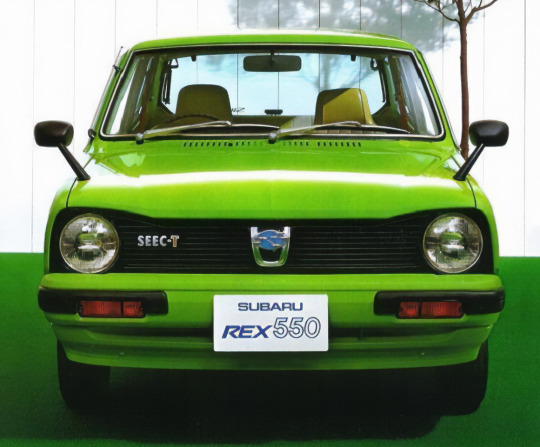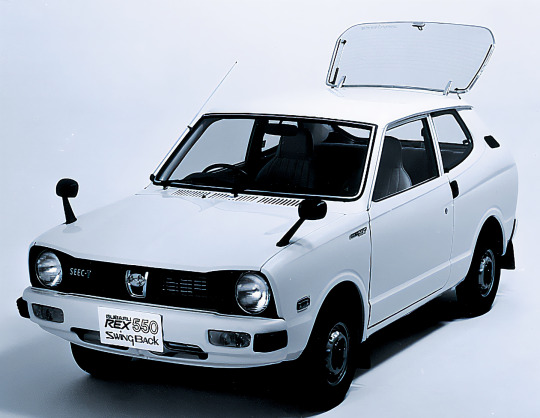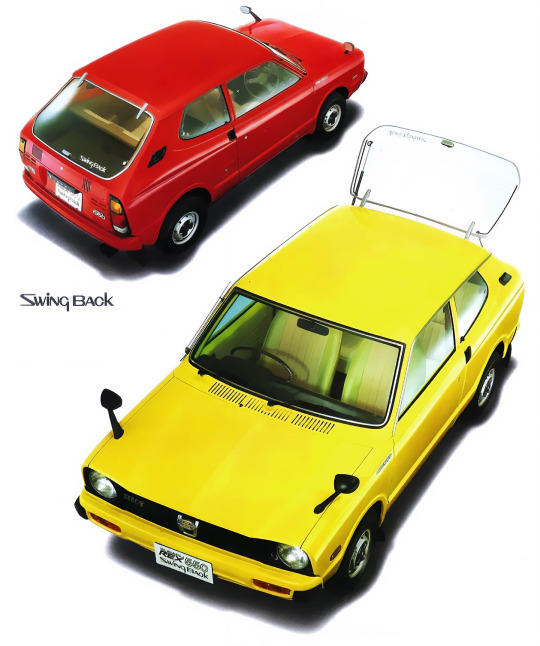I am a walking mental mindfuck.I love cars of all types and also art,music,fashion,architecture.I strive to be an individual.
Last active 2 hours ago
Don't wanna be here? Send us removal request.
Text







Porsche T3 B32 Caravelle, 1988. A Volkswagen microbus modified by Porsche is for sale in Holland. The original VW van was customised as support vehicle to keep pace during the Paris to Dakar rally campaign with the Porsche 959. Thus is was fitted with a 232hp Porsche 911 3.2 Carrera engine driving the rear wheels through a Porsche gearbox. The vehicle is in need of some restoration but is being offered for € 364.900 ($364,553)
sales listing
1K notes
·
View notes
Photo






Volkswagen-Porsche B32, 1984. A modified T3-series VW Transporter based on the luxurious Carat model. Built by Porsche with a 231 hp 3.2 litre Carrera engine originally as a support vehicle for the Porsche 959 in the Paris-Dakar rally. They built 10 more with some sold by Porsche to “special customers”. The top speed was around 135 mph, although Porsche only claimed 116 mph to ensure that the numbers could be replicated with 9 people in the van and with the air conditioning on full.
327 notes
·
View notes
Text





Subaru Rex 550 Swingback, 1978. A version of the first generation Rex with an opening rear window. The large rear window necessitated a slightly smaller opening to the engine compartment. It was powered by a rear-mounted watercooled, 2-cylinder, 4-stroke 544cc EK23 series engine with a SEEC-T emissions control system that produced 31PS.
160 notes
·
View notes
Photo

Nissan Gazelle Super Silhouette Style
80′s Kaido Racer
582 notes
·
View notes
Photo


1985 Ferrari Testarossa Turbo by Koenig Specials
710 hp !
112 notes
·
View notes
Photo

Vector W8 Twin Turbo Super Silhouette
(2013)
104 notes
·
View notes
Text

1934 Mercedes-Benz 500 K Cabriolet A (by Sindelfingen)
16 notes
·
View notes









